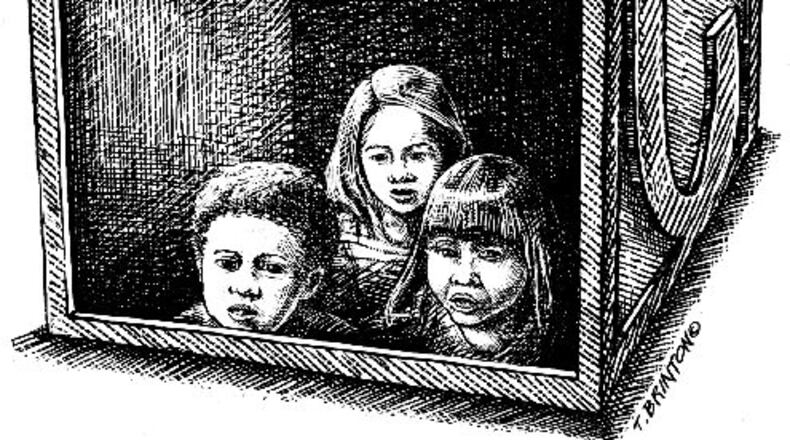Project-based learning – a teaching approach whereby students explore and solve real-world challenges – can improve 3rd graders’ scientific knowledge as well as their social and emotional skills.
Our study evaluated 2,371 3rd graders in 46 Michigan schools. Approximately half of the sample received an intervention called Multiple Literacies in Project-Based Learning. The others received traditional science instruction.
The project-based learning program is a yearlong science intervention that includes materials for curriculum, teacher professional development and student testing. It aims to develop students’ science knowledge to understand their world by drawing on their individual and cultural life experiences. At the same time, it also builds reading and math skills and improves social and emotional learning.
Each unit starts with a driving question such as: “How can we design fun, moving toys that any kid can build?” From there, students ask their own questions and investigate what causes moving objects to start, stop or change directions. They collect and analyze data and build models to show their thinking. They go on to design and develop products which they share with their classmates, family and school community.
Students in the project-based intervention scored 8% higher on the Michigan state science test than the group of students who received traditional instruction. They also demonstrated greater social and emotional learning compared with the other group, based on surveys done at the start and end of the school year.
K-12 students need to learn scientific ideas – such as balanced and unbalanced forces and adaptation – to understand the world, including the pressing environmental problems they are likely to face as a result of climate change. The COVID-19 pandemic further highlights the importance of evidence in making scientific claims.
Unlike a traditional elementary school science curriculum, which relies on textbooks and covering information, project-based learning students learn how to explain natural events such as why dinosaurs died out but tiny mammals survived, and why objects start or stop moving or change directions. They design solutions to engineering problems, and acquire the intellectual tools to seek out additional knowledge when needed.
The Multiple Literacies in Project-Based Learning program was designed using principles supported by research and aligning with recommendations from the National Research Council on how to support student learning, such as using engineering practices to help make sense of compelling phenomena.
We expect – but don’t yet know – that if students continue to experience the project-based curriculum in 4th and 5th grades, their knowledge of science, social and emotional learning and creative problem-solving will continue to grow. We also expect that as teachers gain experience teaching project-based learning, their students’ science knowledge and creative problem-solving will increase even more.
We are also learning ways to better capture and keep children’s attention with challenging real-world problems and compelling phenomena.
We have conducted a similar project-based intervention in high school chemistry and physics. Our findings show that it increased science achievement and interest in pursuing STEM careers for all students, regardless of ability and backgrounds. We are currently exploring how to make project-based learning usable and lasting in various environments, including virtual, hybrid and face-to-face instruction.
Joseph S. Krajcik and Barbara Schneider are professors of education at Michigan State University. This piece originally appeared in The Conversation, a nonprofit news source dedicated to unlocking ideas from academia for the public.
About the Author
Keep Reading
The Latest
Featured


